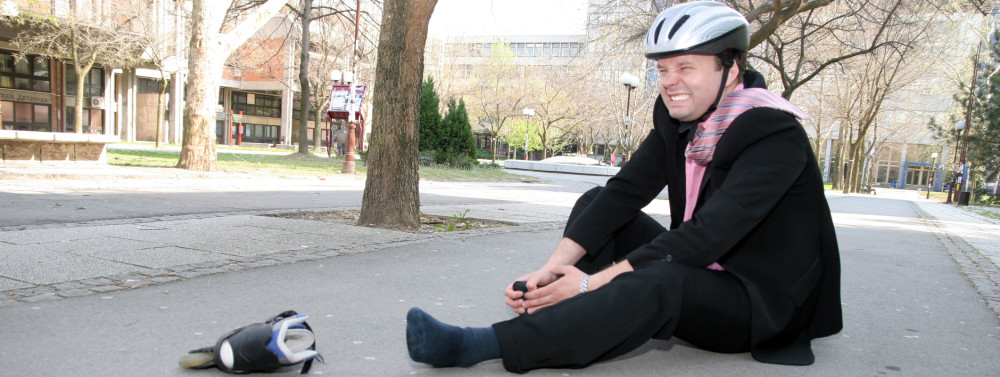Due to the acknowledged severity of CRPS, it has the attention of many researchers worldwide as a target for new forms of therapy. One example is new treatments in the area of direct spinal cord stimulation. Although this form of treatment has been available for some time, new devices and new methods are constantly being evaluated.
A current study is examining the effective of a “neurostimulator” system that implants a device providing the dorsal root ganglion with direct electrical stimulation. This is the portion of the spinal cord that routes pain signals between the limbs and the brain. This study is looking not only at pain from CRPS, but also other forms of pain from such things as amputations and pain following surgery. For CRPS, it is looking at patients who have experienced a course of pain lasting at least for a period of months.
This new device has been available for a few years in Europe and elsewhere, and has shown good results in reducing pain levels, particularly in the leg and foot. Studies such as this help establish the effectiveness of new therapies and gain the approval of the FDA and health insurers.
Work on neurostimulation was recently reported in the Neuromodulation: Technology at the Neural Interface. The study’s primary author, Kayode Williams, M.D., M.B.A., medical director of the Blaustein Pain Treatment Center at The Johns Hopkins Hospital, noted that neurostimulation has enduring effect without the side effects related to many medications, providing a safe and effective treatment option.
Other treatment efforts attempted outside the United States have included the inducing of a coma in RSD/CRPS sufferers in an effort to “reset” the nervous system and interrupt the pain signals. Results have varied.
